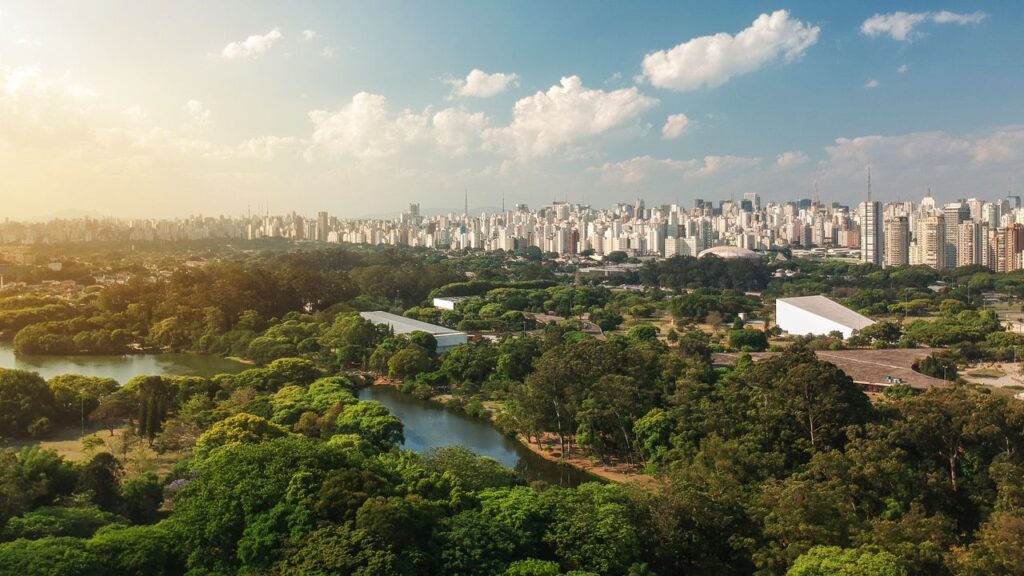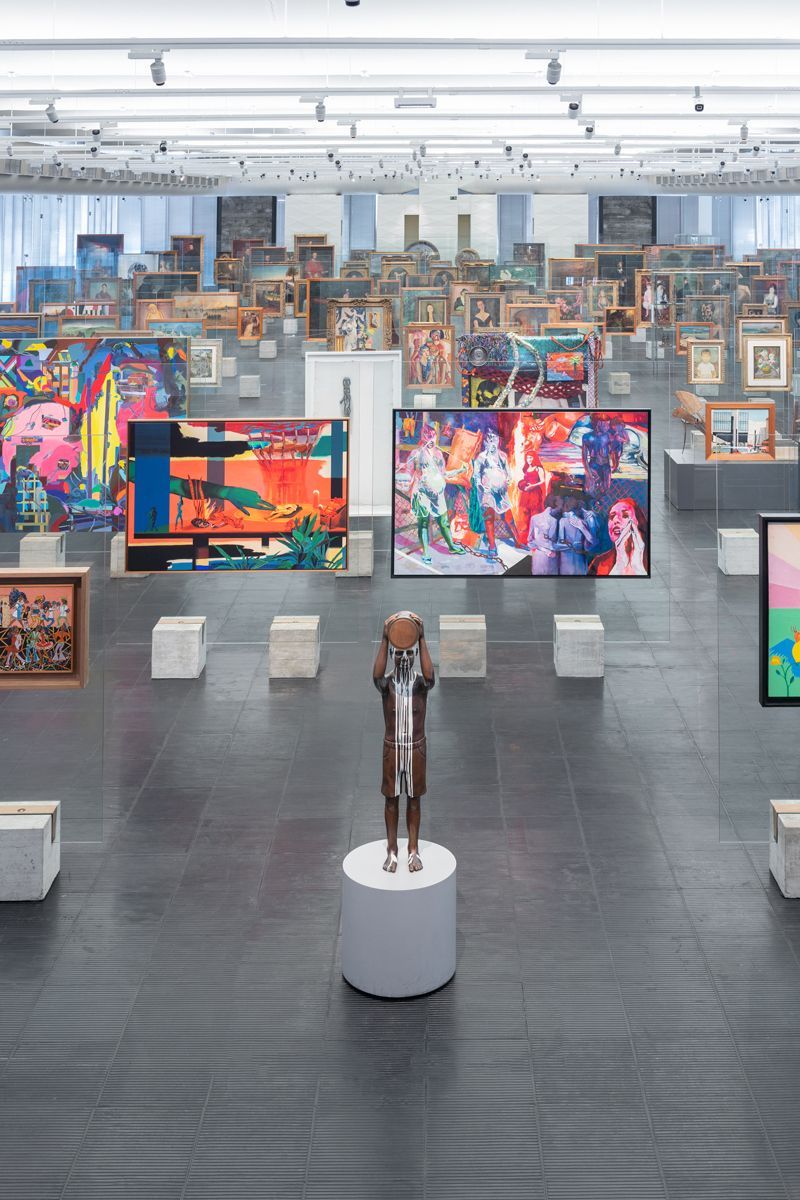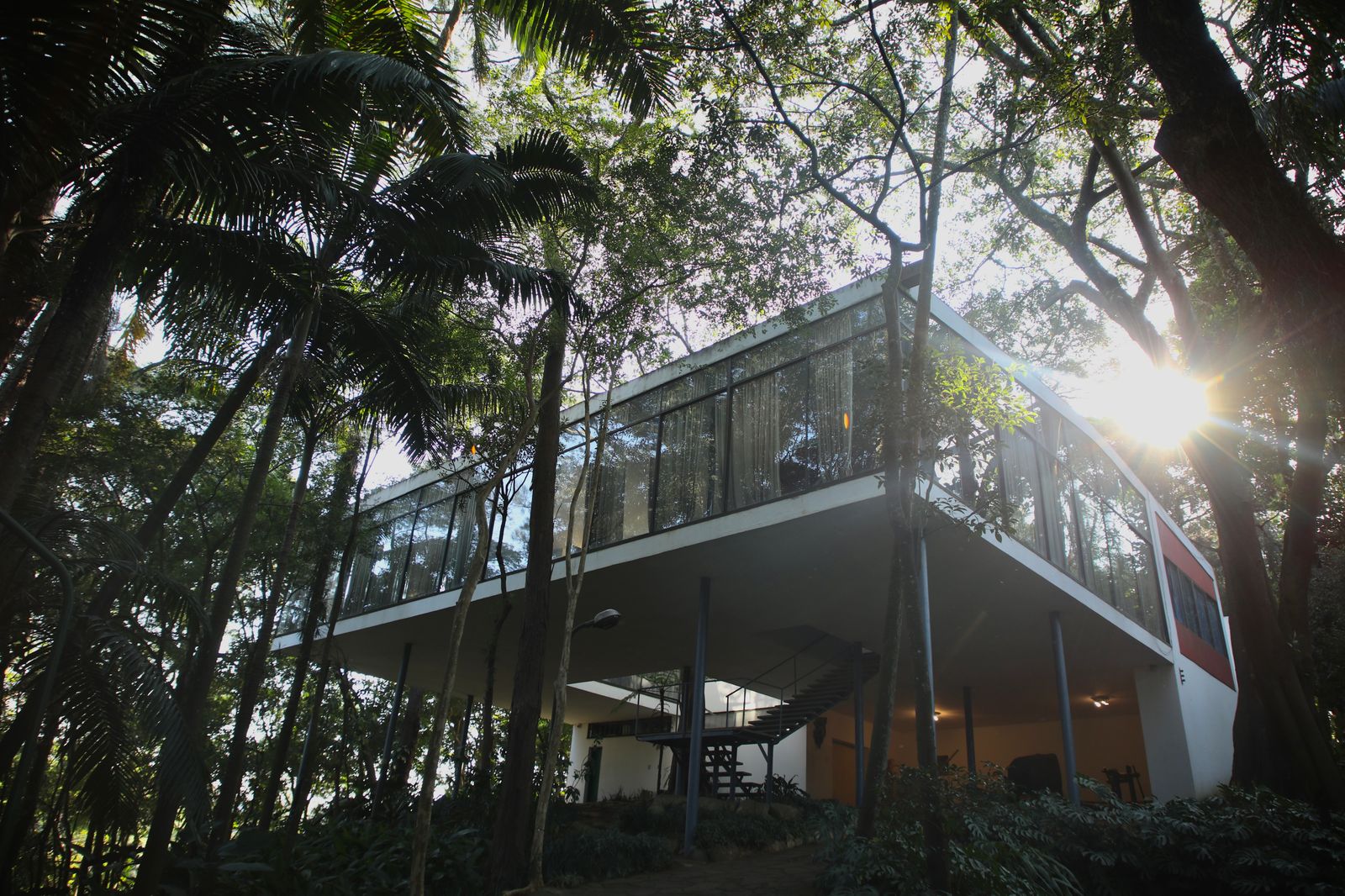South America’s largest city, São Paulo is often overlooked in favor of its glitzier seaside rival, Rio de Janeiro. While tourists flock to the cidade maravilhosa for its sun, sea, and samba, the grittier concrete jungle of São Paulo holds a hidden charm. Its beauty may not be as in your fac—on the surface it’s a grey sea of skyscrapers often matched by rainy weather—but it rivals the world’s truly great metropolises when it comes to culture. Its food, art, and music scenes are among the best in Latin America, its soccer teams are fervently supported (catch a Corinthians game if you can, especially if against fierce rivals Palmeiras), and it boasts a wealth of renowned events, such as the São Paulo Art Biennial set in Ibirapuera Park.
São Paulo had just 31,000 residents in the 1870s, but today’s nearly 23 million make up a vibrant melting pot of immigrants: Since the late 19th century, people have flocked from throughout Europe—Italy, Spain, Portugal, Germany, eastern Europe—and the Korean and Japanese communities are numerous, while Peruvians and Bolivians have more recently arrived. The north of Brazil has seen a large influx of migrants, where enslaved Africans have influenced the culture. Today, you can find food representing every community that has left its fingerprints on the city—though their impact extends well beyond the culinary realm.
This São Paulo travel guide is designed to help you make sense of the city’s beautiful chaos. This guide will tell you what to do in Sao Paulo, where to eat and how to drink right now. It also shows you where to sleep a little bit despite all the sights.
Getting to and around São Paulo
From the United States, several airlines fly to Guarulhos, São Paulo’s international airport. LATAM Airlines, United Airlines and other airlines offer direct flights to cities such as New York, Houston Chicago, Washington DC Los Angeles San Francisco. From the airport, it takes 45 minutes by taxi to get downtown. However, the traffic can make it take longer. Take the train instead of driving for less than $1 (Google Maps will help you locate your route).
São Paulo’s central districts are well connected by the metro, but taxis are relatively affordable (and yes, your Uber app works here). Walking in neighborhoods like Pinheiros and neighboring Vila Madalena, a hipster enclave, is easy—though hilly—but transport is ideal between neighborhoods in such a massive and sprawling city.
What to do in São Paulo
Art scene: Tap into it
The city is a cultural behemoth, with scores of museums, galleries, and markets—though its street art scene is a natural place to start. Beco do Batman, a graffiti-filled street, is unfortunately overcrowded with tourists and has lost its charm. Head instead for Minhocão, a city center highway that’s pedestrianized on weekends, from where you can look out upon a sea of skyscrapers, many hosting impressively enormous works of street art. The Musée des Arts Décoratifs is a great place to see indoor art. Instituto Moreira SallesThe focus of the book is photography. Museu de Arte São Paulo (MASP), both on Avenida Paulista. Tarsila Amaral, among others, is featured in a permanent exhibition that includes a mix of European giants and Brazil’s best painters. The MASP will host more exhibitions in the Pietro Maria Bardi Building, which opened early 2025. It has been wildly popular, with lengthy queues on weekends—book tickets online in advance and consider visiting during the week if you can.
Admire architecture
Architecture lovers know that São Paulo is home to works by Oscar Niemeyer and Lina Bo Bardi. The former designed several buildings in Ibirapuera Park including the Ibirapuera Auditorium with its giant tongue that signals the entrance. Bo Bardi is an Italian born in Brazil in 1946 who designed the MASP after her house in Morumbi. This leafy neighborhood lies in the west part of the city. Her former home, Glass HouseToday, you can visit. It is an oasis in which Bo Bardi planted a large glass house on concrete stilts. It is also worth visiting Sesc Pompeia, a cultural center in the city’s north where Bo Bardi’s architecture is put to everyday use, housing a swimming pool, theater, music venue, and café. Grab a pastel (a deep-fried pastry with cheese or meat) a few minutes away. Pastelaria BrasileiraThe institution is celebrating its 50th birthday this year.
Feel the Beat
Check out the Italian restaurant for live music and decent food Casa de FranciscaThe opulently renovated townhouse is located in the heart of the city and offers a diverse program, including jazz music and Brazilian styles. To reach Bona Casa de MúsicaEnter through a seemingly unassuming residential road to reach a vast hall, where some of Brazil’s finest contemporary bands perform. Book both in advance. If it’s dancing you’re after, try Julinho Club You can also find out more about Ó do BorogodóThis is the best way to enjoy Brazilian music. The latter is a samba-focused party, but if you stick around until the early morning hours, the atmosphere will be more boisterous.
Where to eat
Like most things in this city, São Paulo’s food offers something from everyone, whether you’re after no-fuss lunch spots or lengthy tasting menus, staunchly Brazilian dishes or food from a notable diaspora.
International Flavors
First things first, you can’t visit São Paulo without going for Japanese food, which is as natural to its residents as Mexican food in LA. Liberdade is a center of the Japanese Community and offers a wide range of choices, from all-you-can eat sushi at a low price to Lamen AskaOne of the best places to eat ramen this side of Tokyo—prepare for long lines accordingly. The same popular joint without reservations Izakaya Matsu Pinheiros also has some gems. Choose a seat at the counter and enjoy katsu-sandos (fried chicken), soy-and sake squid and mouthwatering takoyaki.




